Shop
From the late XIV to the first part of the XV century, knee cap defenses consisted of a small, simple, forged plate fixed over the knee. It was not enough to protect the external part of the leg. Accordingly, full knee caps with wings (German: Muschell) were developed at some point in the 1390s and remained relatively
Beginning in approximately 1360 lentner armor (a type of armor constructed mainly with leather and a precursor to the brigandine) began to be reinforced by steel plates. This basic armor consisted of steel plates which were riveted or sewn to the base material. Over time, the plates that protect the chest and back became bigger.
Italian style spaulders (also called “narrow spaulders”) from the late XV century. Our Narrow Spaulders are based on the armor of Kaspar of Frundsberg which is preserved in the Kunsthistorisches Museum in Wien, Austria. Our Narrow Spaulders consist of 3 narrow bicep plates, a shoulder cup and a long bicep plate which extends to the
Bascinet shaped helmets with a flat face visor are by far the most popular amongst sportsmen engaged in medieval full contact combat in both buhurt and duel categories under HMB, IMCF and SCA regulations. The bascinet was developed from a helmet that looked like a small hat. Medieval knights wore it under a much heavier
A padded aventail is quilted under-armor. During the Middle Ages it was worn with helmets. Our Gobelin Padded Aventail is made of durable fabric and natural breathable sheet batting. It is hand-crafted with high quality machine stitching. This aventail has exquisite gobelin-style patterning and will make you the envy of other combatants. It serves as
Our Gobelin Padded Arming Coif is made from natural breathable materials. Four layers of cotton batting make it durable and shock-resistant. It’s irreplaceable under-armor wear. Our Gobelin Padded Arming Coif is made with 100% cotton wadding, handmade, and has high quality machine stitching, and is available in either white or black. Two leather straps allow
An aketon (or “acton”, from the Spanish “alcoton” which is itself derived from Arabic “al-qutum”, “cotton”) is a kind of coat used during the 13th – 15th centuries. This padded defensive jacket was worn as armor (by warriors of inferior rank) or as padding for additional steel armor worn over the top by those with
Vertically quilted stockings in a beautiful gobelin style. The stockings are handmade and have 2 layers of natural sheet batting. These stockings are made from durable fabric with high quality stitching and beautiful gobelin style patterns. Our Gobelin Quilted Stockings are fastened with laces and are light and comfortable, making them perfect under-armor. You can
If you are looking for basic, practical bicep protection, look no further. The lightweight, plain shape of our Steel Biceps provides perfect mobility. The Steel Biceps have leather straps and laces for a secure fit exactly where you need it. They’re a great addition to any set of armor. N.B.: The listed price is for
Our Open Sallet is based on a late XV century skull cap type sallet helmet. The sallet (“celata” in Italian) was very popular in Italy. The term “celata” appears in 1407 in the armor manuscript of the Gonzaga family. The description of this helmet in the historical records indicates various differences from the barbute (another popular
Medieval breastplate armor with a decorative V-shaped rib Churburg Castle offers a lot of excellent examples of the finest medieval armor. It was founded in 1253-1259 by Henry de Montfort, who was a bishop of Chur. The name of the castle comes from the name of rank of this medieval noble. The castle is located
The classic Brigandine – hardened plated armor overlayed by a textile outer shell. A symbol of chivalry, the Brigandine was a fashion statement in addition to a warrior’s garb. It was often covered with velvet with matching arms, and was constructed with functional, yet decorative rivets. During the XIII-XIV centuries the brigandine was a typical

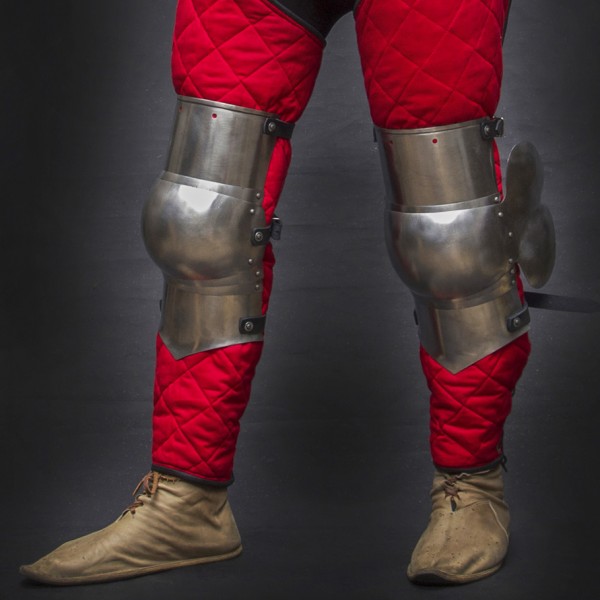



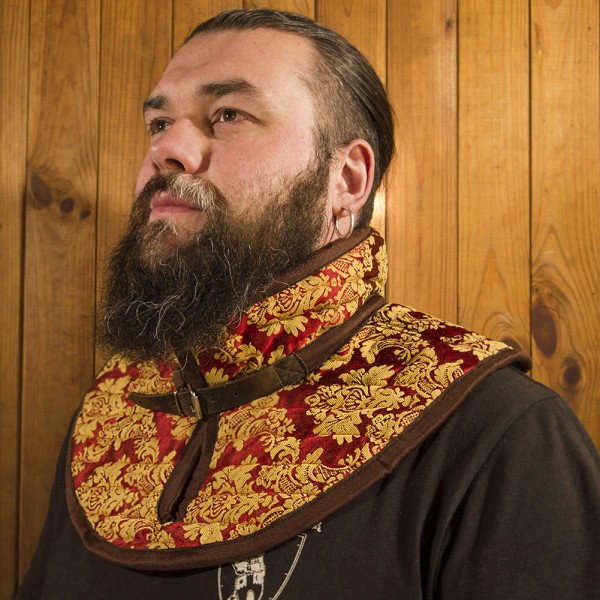
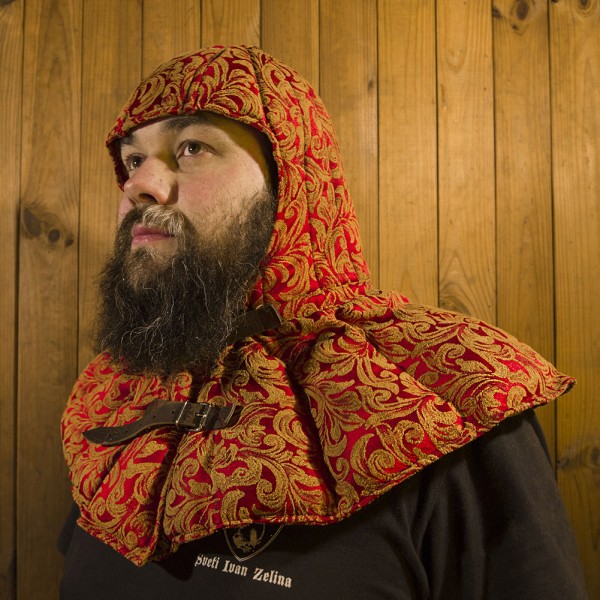
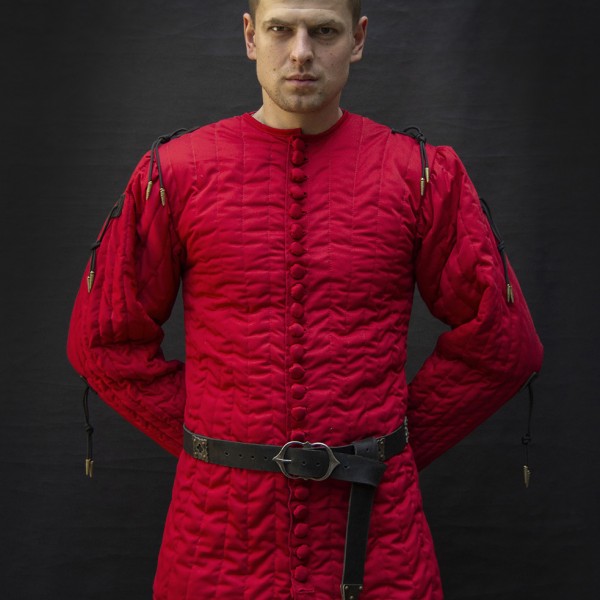
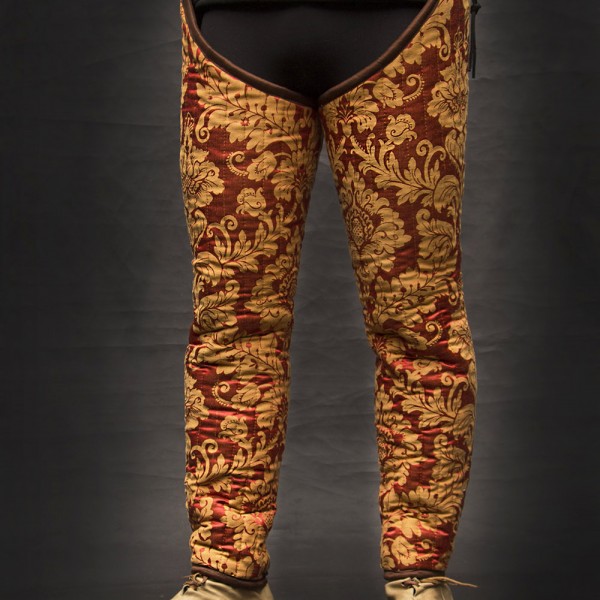
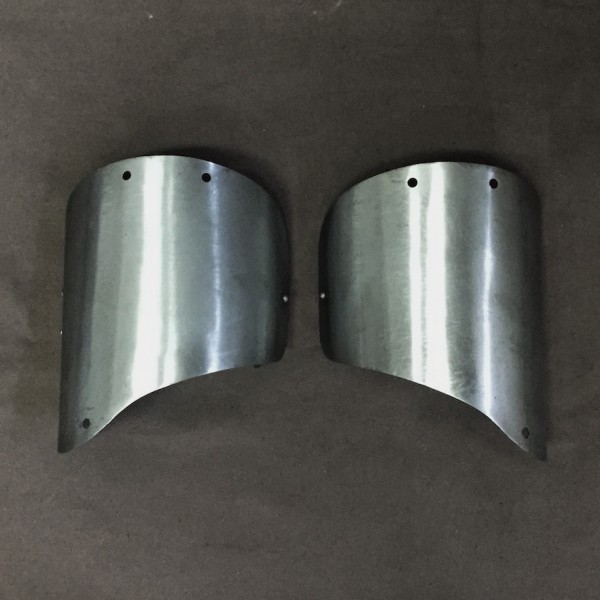

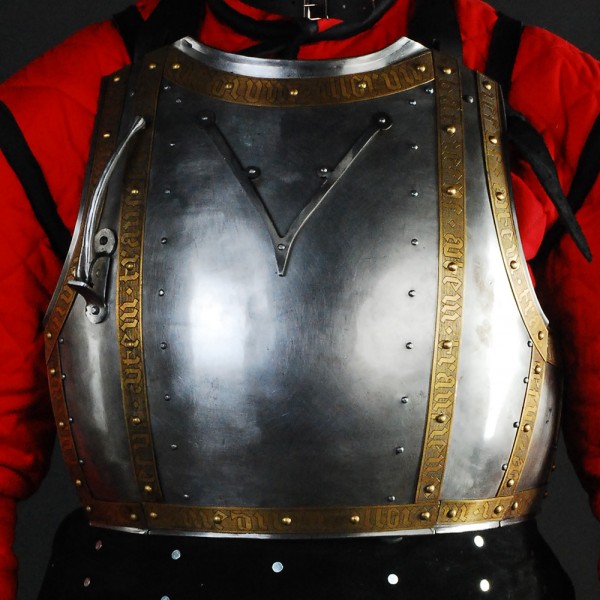

 Shop
Shop